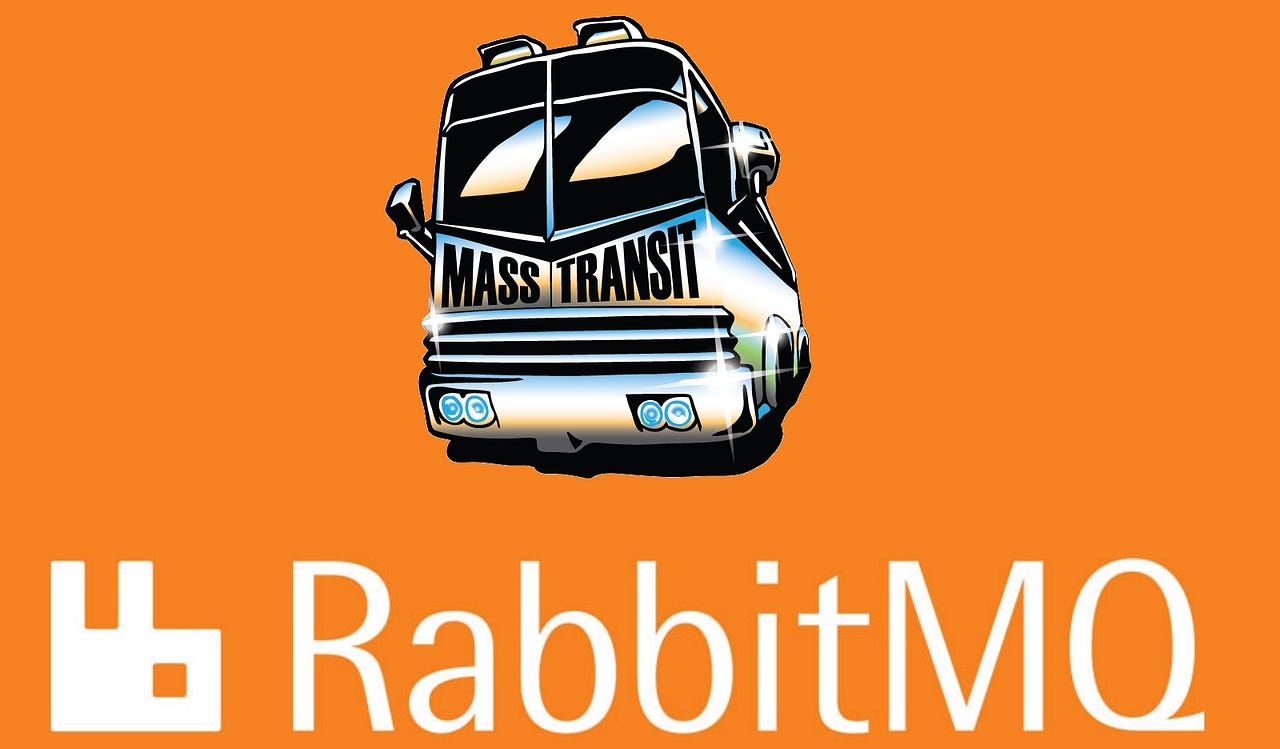
Privately-controlled transit systems created further passenger frustrations related to pricing. By the 1990’s, Bogota’s public bus transportation had an average speed of 5 km/hr during peak traffic, and 10 km/hr during non-peak times. It is densely populated and suffers from severe traffic congestion.



While subsequent mayors have continued to oversee the system expansion, there has been increasing political support for a subway system in the city. This BRT system, known as the TransMilenio, has led to dramatic increases in transit ridership and created a tangible impact, shifting the perception of transit away from the idea that it was “only for the poor.” Despite widespread acknowledgement that TransMilenio was a huge improvement over pre-existing conditions, over the past years there have been rising complaints on several issues, including system overcrowding, fare equity and gentrification along the system corridors, which has affected Peñalosa’s reelection campaign. Former Mayor Enrique Peñalosa spearheaded a dramatic overhaul of Bogotá’s transit system, replacing a large group of poorly coordinated informal bus lines with a new, dedicated-lane bus rapid transit system.


 0 kommentar(er)
0 kommentar(er)
